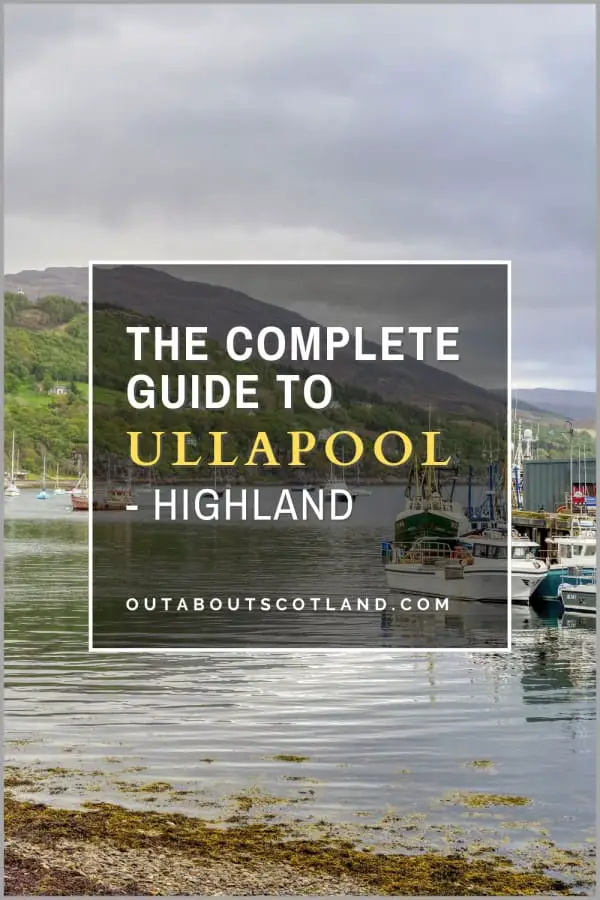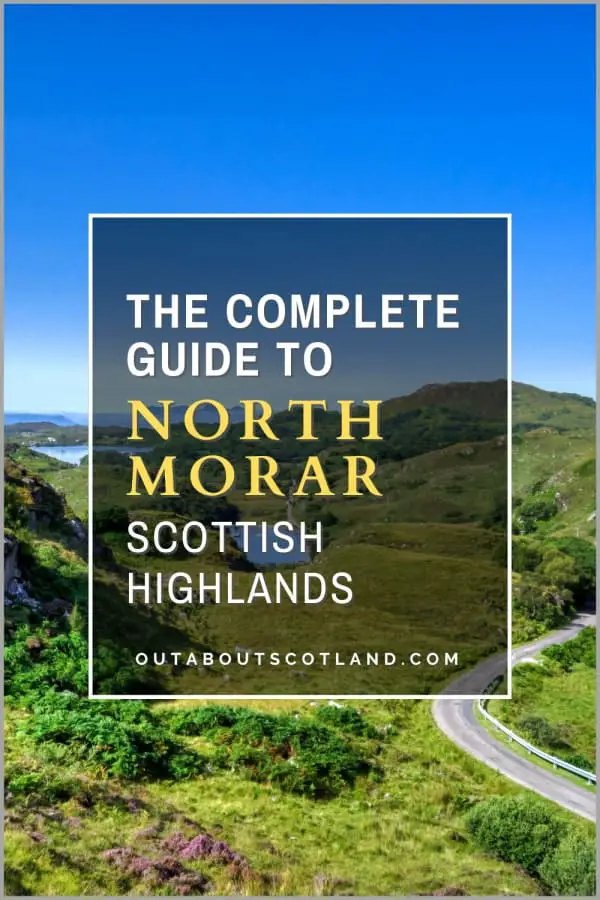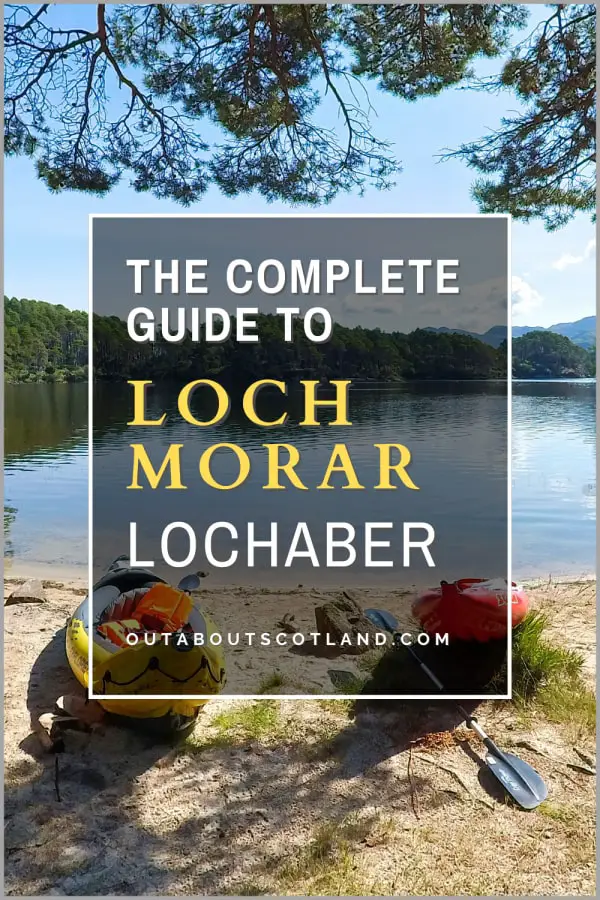The Glenfinnan Monument, located in the village of Glenfinnan in the Scottish Highlands, is an iconic tribute to the clansmen who fought and died during the Jacobite uprising of 1745. Erected in 1815, the monument was designed by renowned Scottish architect James Gillespie Graham.
On top of the monument is a lone kilted Highlander who gazes out across the picturesque landscape in what is regarded as one of the most beautiful places in Scotland. The monument is under the care of the National Trust for Scotland, and visitors can climb to the top for a panoramic view of the surrounding landscape.
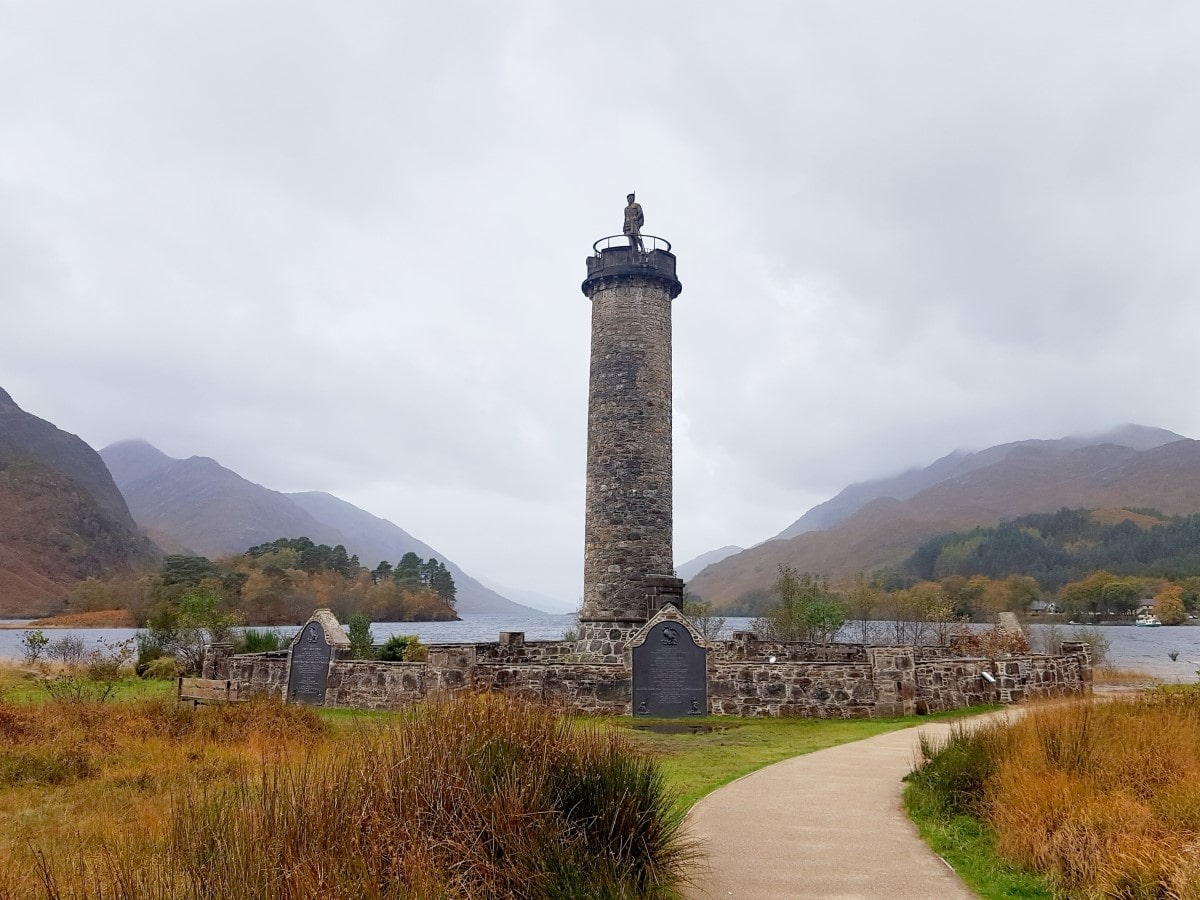
| Address: | Glenfinnan, PH37 4LT |
| Opening Hours: | 2 Jan–23 Dec, Sun–Fri, 14.00–15.00; Sat, 11.00–12.00 24 Dec–26 Dec, closed 27 Dec–30 Dec, daily, 14.00–15.00 31 Dec–1 Jan 2023, closed |
| Admission Price: | Monument: Adult £5 Concession £4 Child £3 Family £12 The visitor centre is free |
| Parking: | Paid on-site car park £3.50 cars, £6 motorhomes |
| Contact: | 01397 722250 glenfinnan@nts.org.uk |
| Facilities: | Toilets, disabled access, cafe, shop, audio tour, guided tour, picnic area |
Overview

The Glenfinnan Monument, nestled in the heart of the Scottish Highlands, commemorates the 1745 Jacobite Rising. Erected in 1815, it’s topped by a statue of a lone Highlander which symbolizes the clansmen who fought for Prince Charles Edward Stuart’s cause. Its location by the Glenfinnan Viaduct and Loch Shiel adds to the site’s breathtaking beauty.
This 18-metre tower was built to commemorate one of the defining moments of the Jacobite uprising of 1745, when Prince Charles Edward Stuart raised his standard in front of his massed ranks of supporting clansmen and declared his intent to take the thrones of England and Scotland in the name of his father James Stuart. This declaration of war marked the start of the Jacobite uprising that would ultimately end at the ill-fated Battle of Culloden, and the monument at Glenfinnan is a fitting tribute to the massacre of that fateful day.
The view at the Glenfinnan Monument is one of the most beautiful in Scotland and I’m sure you’ll recognise it from photos on Scotland-themed websites all over the internet. But seeing a photo and actually experiencing the place are two different things, and this is one of Scotland’s attractions that totally lives up to the hype.
There’s a visitor centre nearby that tells the story of the Jacobite uprising and you can also book yourself onto one of the National Trust for Scotland’s tours that enables visitors to climb up the inside of the monument to view Loch Shiel from an amazing elevated position.
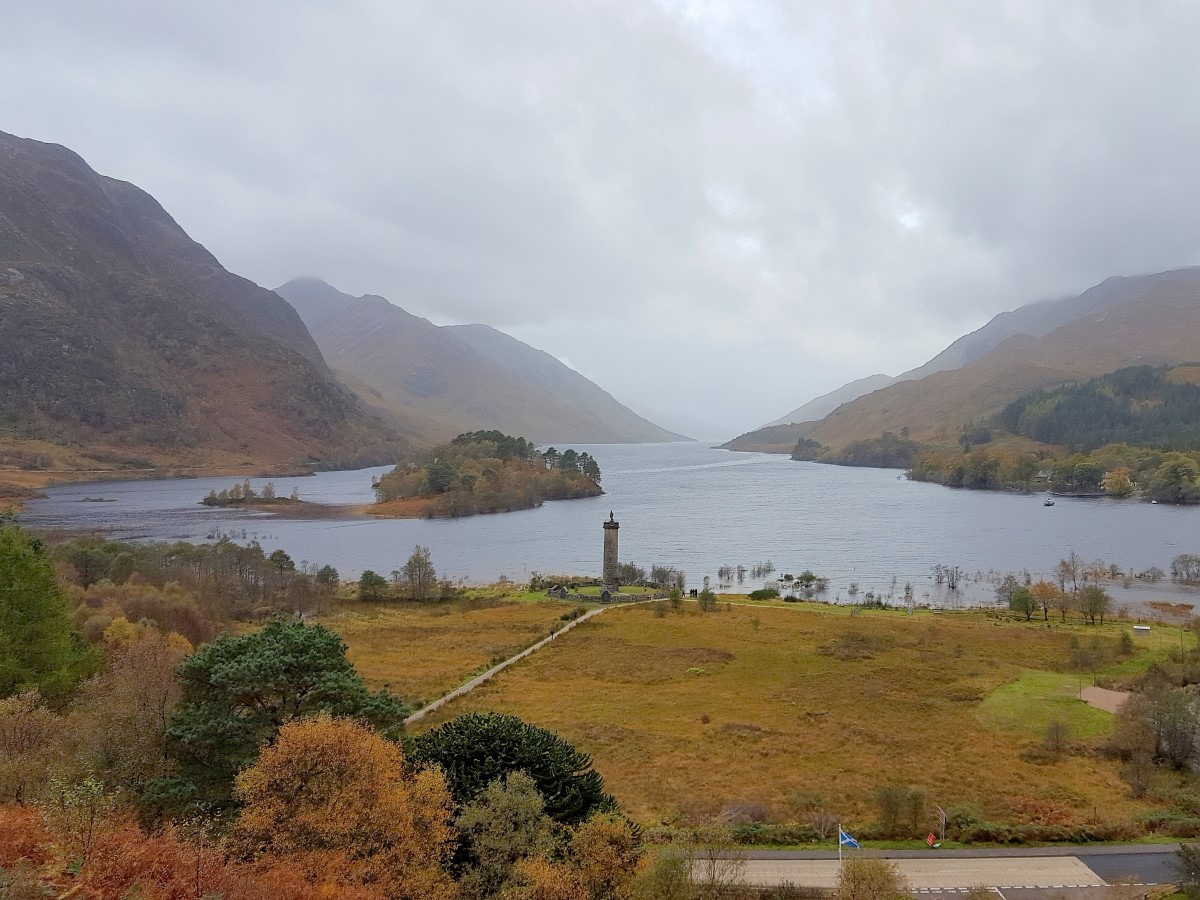
Book Tours in Scotland
The Highlights
1: The view across Loch Shiel is spectacular. This has to be one of, if not the, most picturesque locations in Scotland.
2: There are lots of nice walks in the surrounding area but I recommend following the paths that lead under the iconic Glenfinnan viaduct. You might be lucky enough to be there when the Jacobite steam train thunders past.
3: The NTS visitor centre has lots of information about the monument and the story of the Jacobite uprising. I recommend taking a look if you’d like to learn about one of the most important events in Scotland’s history.
Visiting Tips
1: There are very few manned attractions in the immediate area so if you need facilities like toilets and food your only option is the Glenfinnan NTS visitor centre. The centre has a cafe with takeaway food, accessible toilets, and a car park.
2: You can get unlimited free entry to hundreds of NTS sites like this one if you get an annual membership. Join NTS today.
3: After a visit to Glenfinnan you might like to head east along the A830 past Loch Eil to visit the Ben Nevis distillery before heading to the Ben Nevis visitor centre and walking one of the trails up Britain’s most famous mountain.
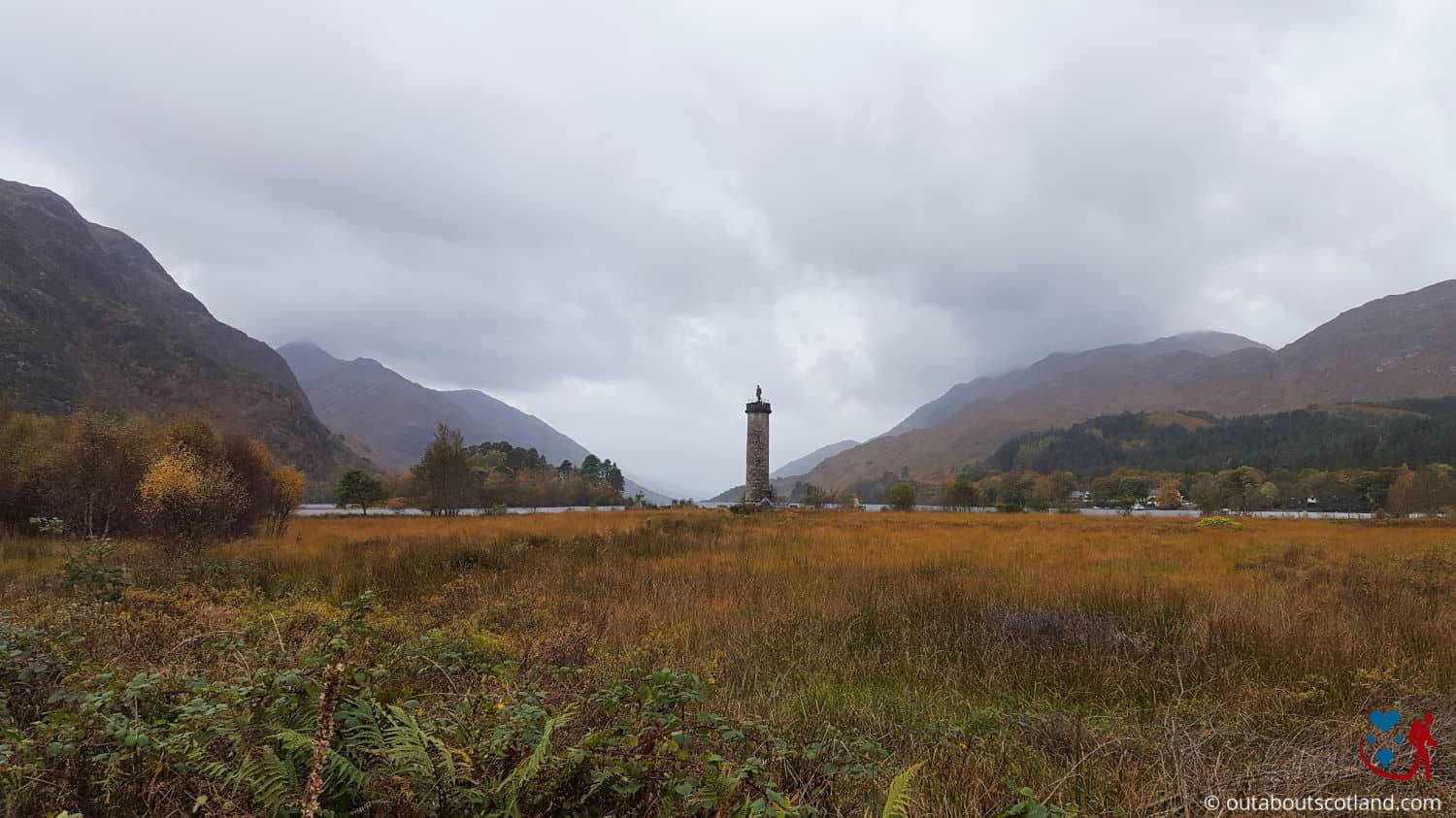
Protect Your Family From Scotland's Biting Midges
- Powerful, reliable protection for up to 8 hours
- Water- and sweat resistant
- Repels midges, mosquitoes, horse flies, sand flies, fleas and ticks
- Safe for use on adults, children over 30 months and pregnant women
- Non-sticky, moisturising with a pleasant fragrance
- Packaging may vary
Tourist Information
The monument was commissioned in 1815 by Clan Macdonald of Glenaladale to commemorate the raising of the standard by ‘The Young Pretender’, but it wasn’t until 1835 that the statue of the anonymous Highlander was placed at the top.
The monument has been a renowned Highland landmark ever since, which is why today it’s in the care of The National Trust for Scotland which has maintained it since taking ownership in 1938.
The Trust has since built a car park and pathway to the monument so that access can be easily made by people of all abilities, while a visitor centre has been built to educate tourists about the 1745 uprising and the Battle of Culloden, as well as the events that led up to the battle. The centre also has educational exhibitions and displays about the local area in addition to a café and gift shop.
The wild landscape of Glenfinnan will no doubt be familiar to fans of Harry Potter as it’s the site where the Hogwarts Express made its magical journey across the Glenfinnan Viaduct. If you time it right you can watch The Jacobite steam train thundering through on its journey north to Mallaig, but I advise contacting West Coast Railways to find out when the next crossing will occur.
Heading back to the tranquil shores of Loch Shiel, if you’d like to explore the loch further you’ll find a rough single-track trail that follows the body of water its entire length if you take the detour that bears left from the monument path. It’s possible to walk the length of the track, but I suggest taking a mountain bike as Loch Shiel is around 17 miles in length.
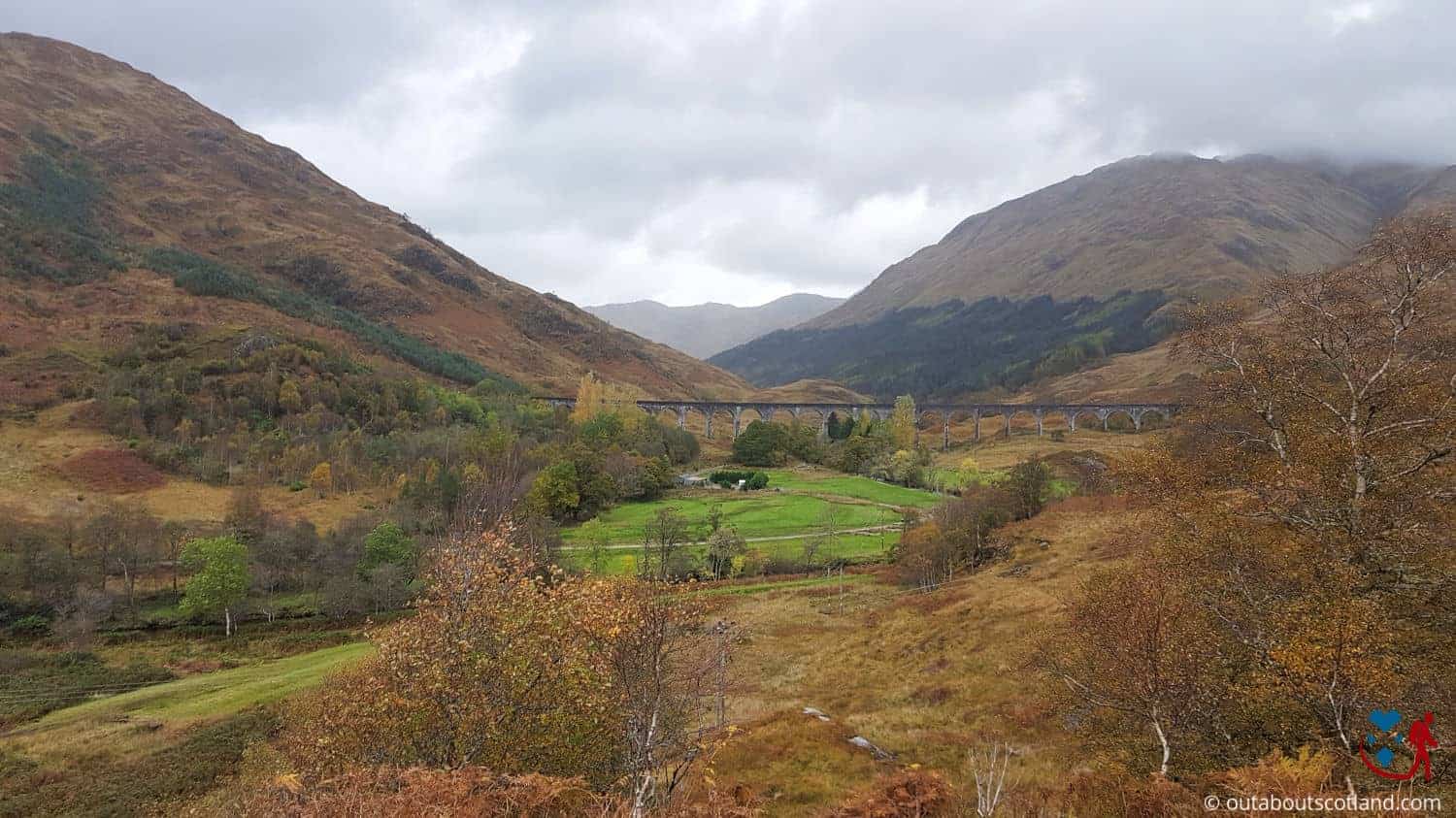
Things to Do
Visit the Glenfinnan Monument: Erected in 1815, this monument is a tribute to the Jacobite clansmen who fought and died in the cause of Prince Charles Edward Stuart. Climb up the monument for an unbeatable panoramic view of Loch Shiel and the surrounding hills. The nearby National Trust for Scotland visitor centre has an exhibition about the Jacobite rebellion and its association with Glenfinnan.
See the Glenfinnan Viaduct: Famously known as the ‘Harry Potter Bridge’, the Glenfinnan Viaduct is a must-visit for fans of the boy wizard. Marvel at the remarkable Victorian engineering from underneath it and snap a selfie or two from the viewpoint on the hillside.
Explore Loch Shiel: This picturesque, freshwater loch is an idyllic spot for kayaking, canoeing, or taking a guided boat tour. Loch Shiel Cruises offers tourists the opportunity to discover the loch’s diverse wildlife which includes golden and white-tailed eagles overhead, red deer on the hillsides, and otters on the shores.
Hiking in Glenfinnan: Numerous walking trails offer dramatic views of the area and one of the most popular is the trail up to the Glenfinnan Viaduct where there’s a good chance you’ll see The Jacobite steam train thundering past. For a more challenging hike, the trail to the summit of Sgurr Ghiubhsachain will reward you with the best views of Loch Shiel.
Visit St Mary and St Finnan Church: Nestled on a hill overlooking Loch Shiel, this quaint Catholic church is a peaceful sanctuary that’s renowned for its beautiful stained glass windows and simple, yet elegant architecture. The rear of the church offers a perfect place for quiet reflection while soaking up the awe-inspiring views of the surrounding landscape.
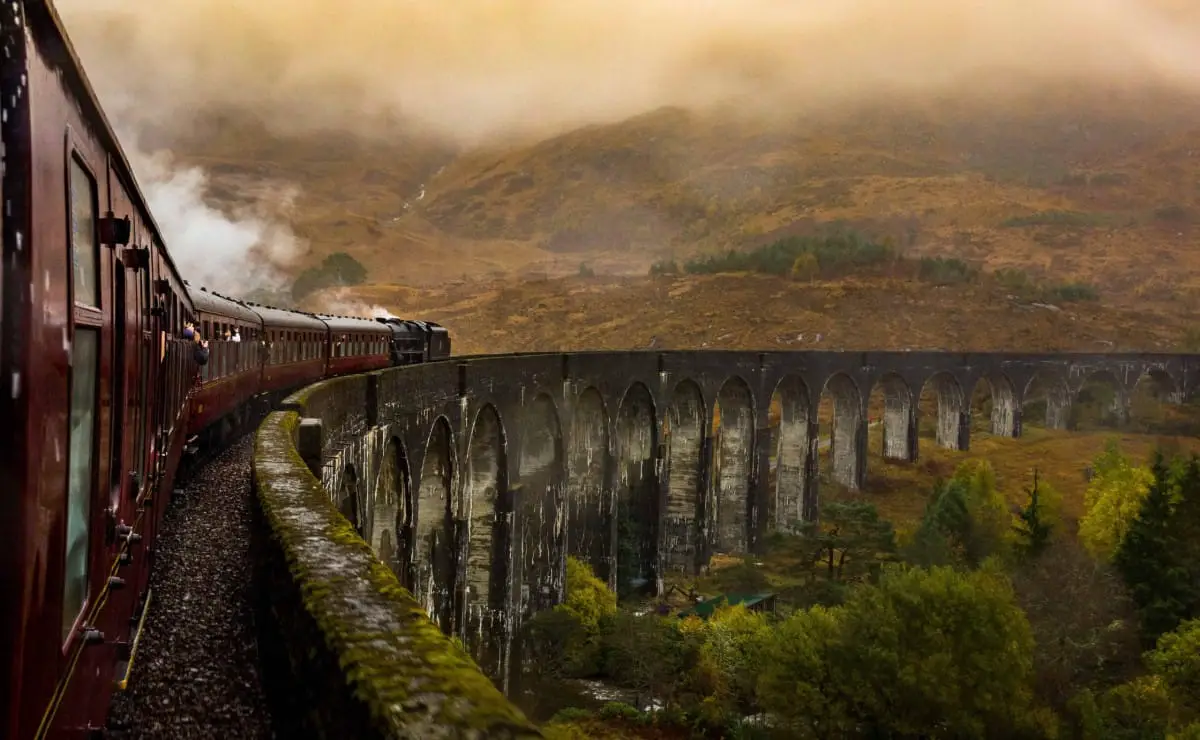
Book Tours in Scotland
Things to Do Nearby
Glenfinnan Viaduct and Loch Shiel Viewpoints. Glenfinnan PH37 4LT. 32-minute walk.
A footpath that runs underneath the Glenfinnan viaduct to the Glenfinnan Station Museum. There are two viewpoints along the path, one of which has a stunning panoramic view of Loch Shiel and the other which provides close-up views of the Jacobite Steam Train as it thunders across the viaduct. The footpath is most easily reached from the station museum.
Glenfinnan Station Museum. Station Road, Glenfinnan PH37 4LT. 16-minute walk.
A small museum at Glenfinnan railway station that showcases memorabilia from the iconic West Highland Line. The museum features a dining car that serves food, a converted bunkhouse sleeping car and a restored rail signal box from 1901.
Glenfinnan Visitor Centre. Lochaber PH37 4LT. 3-minute walk.
A visitor centre managed by the National Trust for Scotland that displays exhibits and information about the Jacobite uprising of 1745. The centre has a car park, a café and a gift shop.
Loch Shiel. 1-minute walk. Loch Shiel is the 4th-longest loch in Scotland at around 12 miles in length.
It is surrounded by hills and is a very popular hiking area thanks to the footpaths that follow the water’s edge. The loch has been designated a Special Protection Area due to the number of birds of prey that live in the area including sea eagles, sparrowhawks, ospreys and harriers.
Loch Eil. 7-minute drive.
A land-locked sea loch that joins the northern end of Loch Linnhe. It can be viewed on its northern side by the Jacobite Steam train or by car on the A830. A more pleasurable vantage point is found on the A861 which follows the entire length of the southern edge of the loch.
Frequently Asked Questions
What does the Glenfinnan monument commemorate?
The Glenfinnan Monument is a tribute to the Highlanders who fought for the Jacobites during the uprising of 1745.
The monument was built in 1815 by Alexander MacDonald of Gleneagle on the site where Prince Charles Edward Stuart first rallied the massed Highland clans.
Who is the statue at Glenfinnan?
The statue on top of the Glenfinnan Monument depicts an anonymous Highlander who fought in the Jacobite uprising of 1745.
Is Glenfinnan Viaduct worth visiting?
Glenfinnan Viaduct is one of the most scenic locations in Scotland. Glenfinnan faces Loch Shiel which is bordered on either side by the rugged peaks of Beinn Odhar Bheag and Sgurr Ghiubhsachain, making it a perfect photo opportunity.
The viaduct is perhaps best viewed as part of a train journey on the famous Jacobite Express from Fort William to Mallaig.
Can you climb the Glenfinnan Monument?
You can climb to the top using a ticket purchased from the NTS visitor centre. Be aware that the opening at the top measures just 40cm square, meaning visitors need to hoist themselves up and out using grips on both sides. Caution must be exercised when going back down. The top can host up to six visitors simultaneously.
Protect Your Family From Scotland's Biting Midges
- Powerful, reliable protection for up to 8 hours
- Water- and sweat resistant
- Repels midges, mosquitoes, horse flies, sand flies, fleas and ticks
- Safe for use on adults, children over 30 months and pregnant women
- Non-sticky, moisturising with a pleasant fragrance
- Packaging may vary





